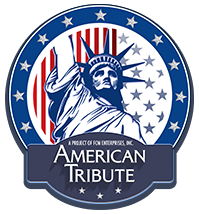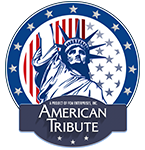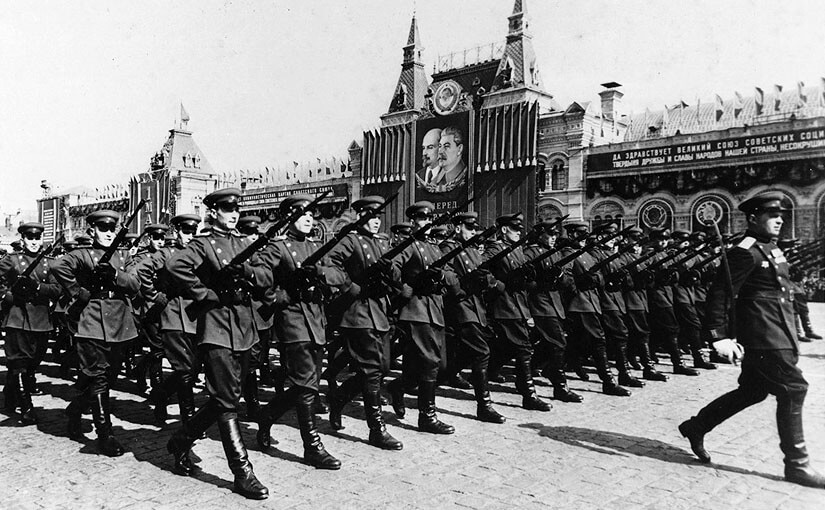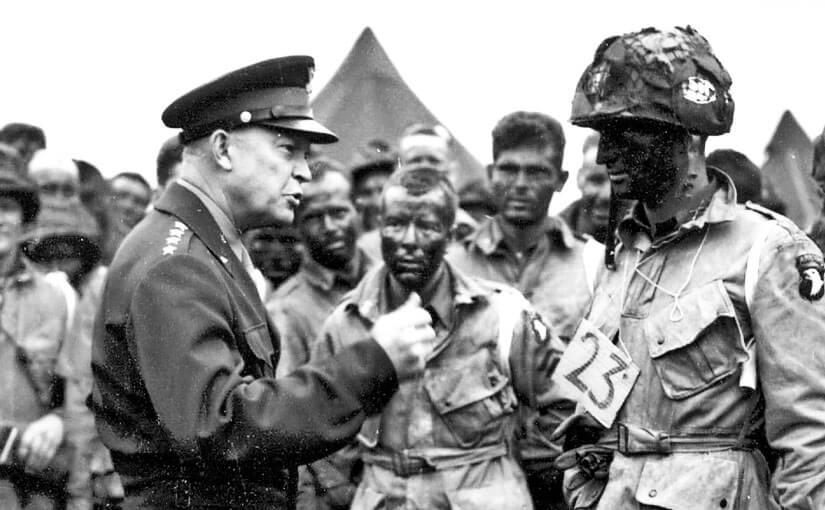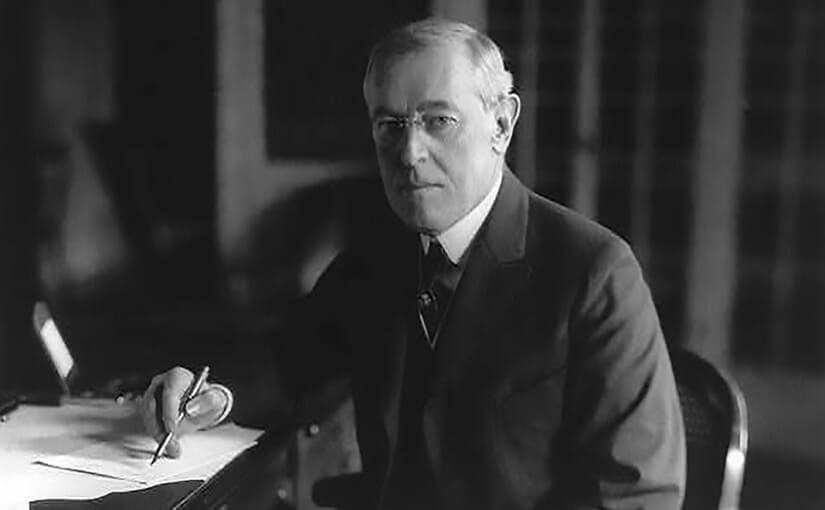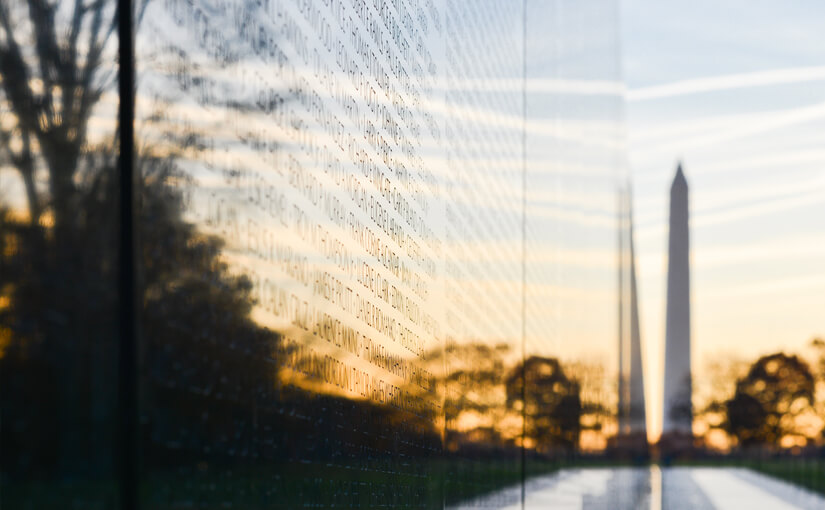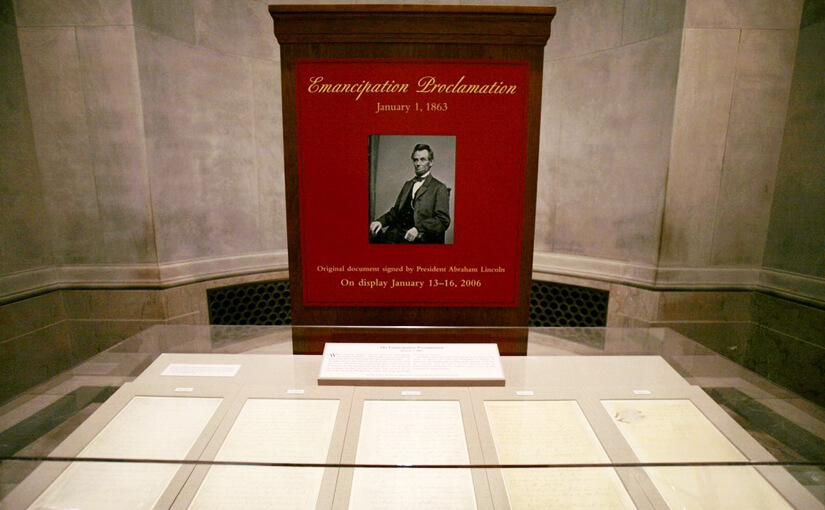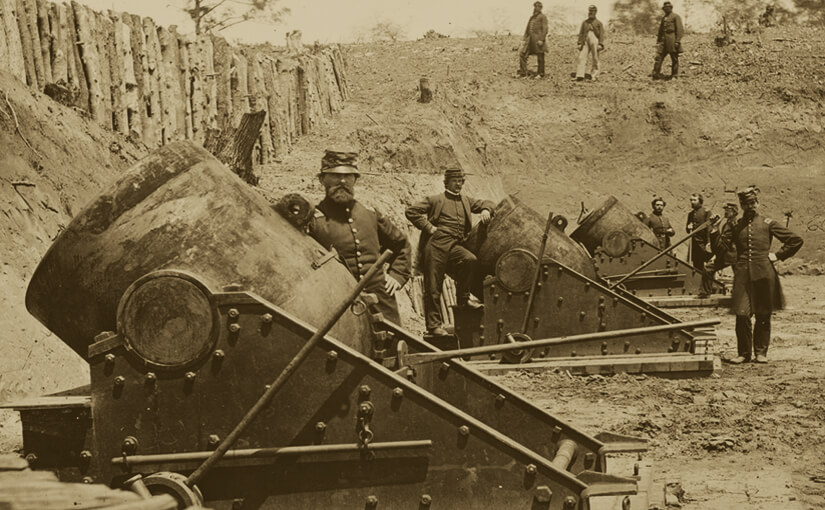- Communism
The main concern of the United States during the Cold War was the spread of communism. The Soviet Union (Union of Soviet Socialist Republics, or USSR) was a powerful nation that operated under the principles of communism.
The United States and its allies believed that a democratic government and a capitalist economy were the best ways to preserve individual rights and freedoms.
The United States and its allies feared the expansion of communism to countries outside the Soviet Union. The Cold War began shortly after the end of World War II and lasted for more than 40 years.
It ended with the fall of the Berlin Wall in 1989, the reunification of East and West Germany in 1990, and the breakup of the USSR in 1991.
** As you prepare for U.S. citizenship, Learn About the United States: Quick Civics Lessons will help you study for the civics and English portions of the naturalization interview.
There are 100 civics (history and government) questions on the naturalization test. During your naturalization interview, you will be asked up to 10 questions from the list of 100 questions. You must answer correctly six (6) of the 10 questions to pass the civics test.
